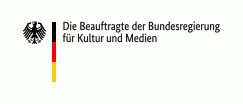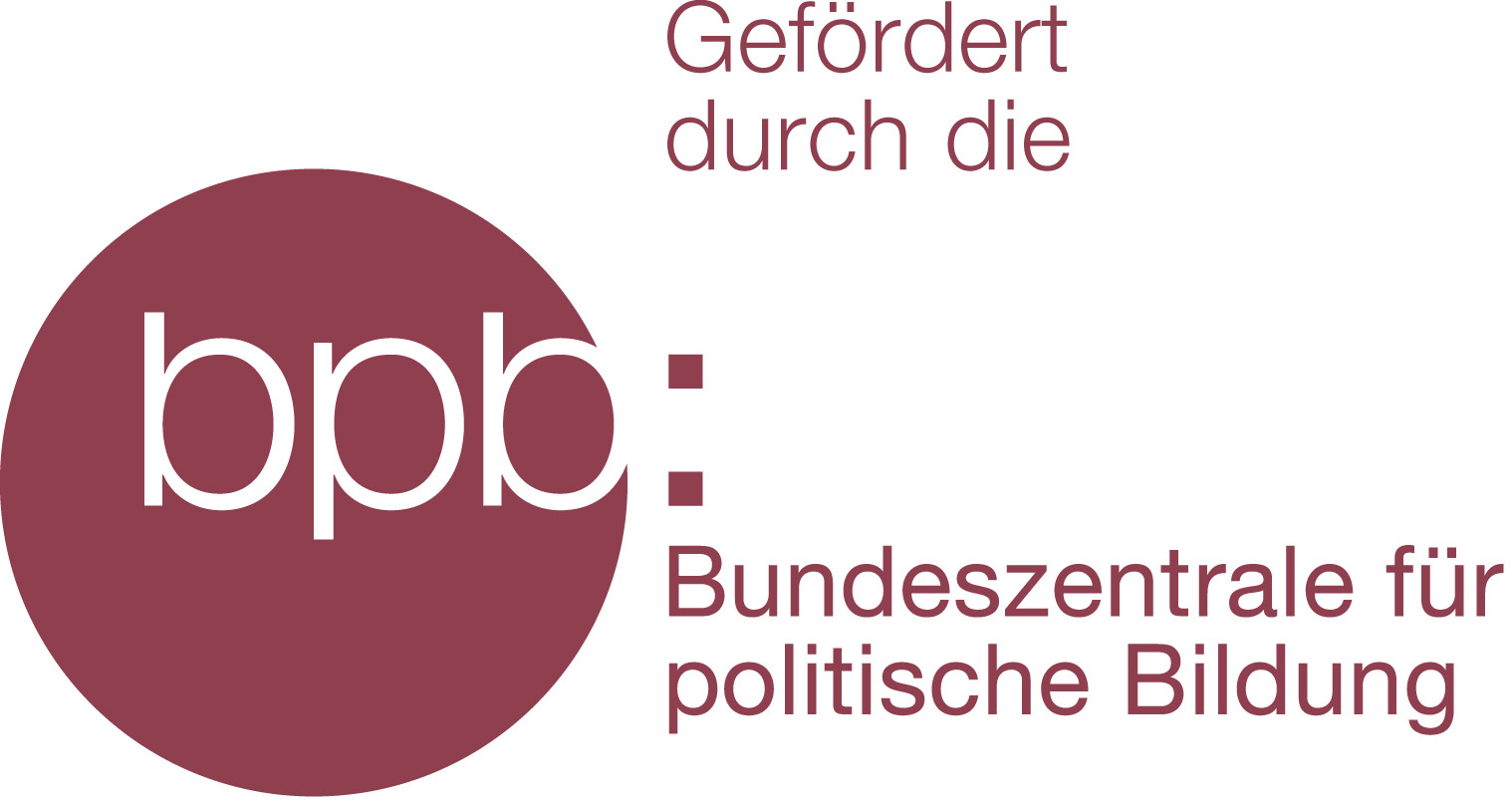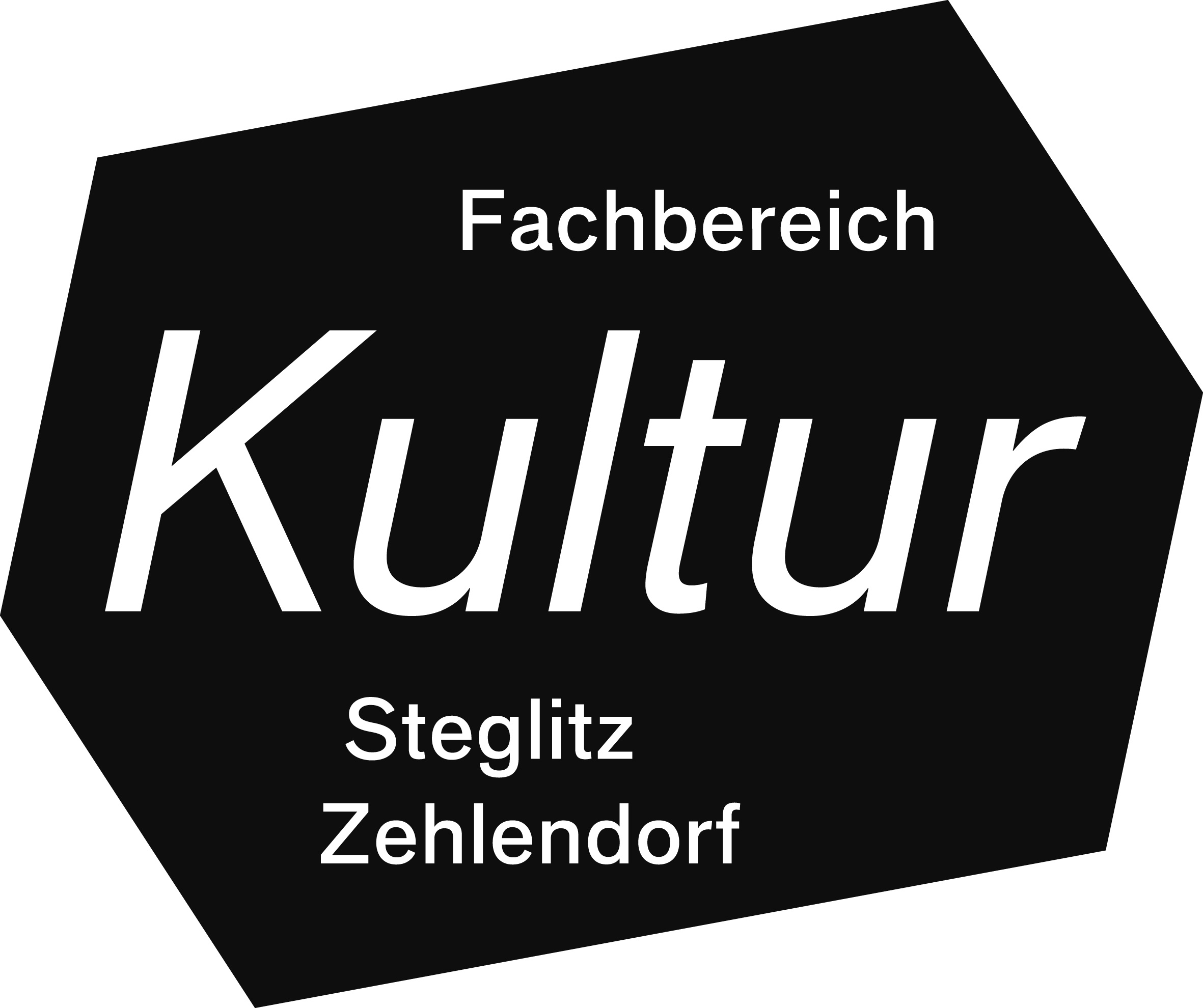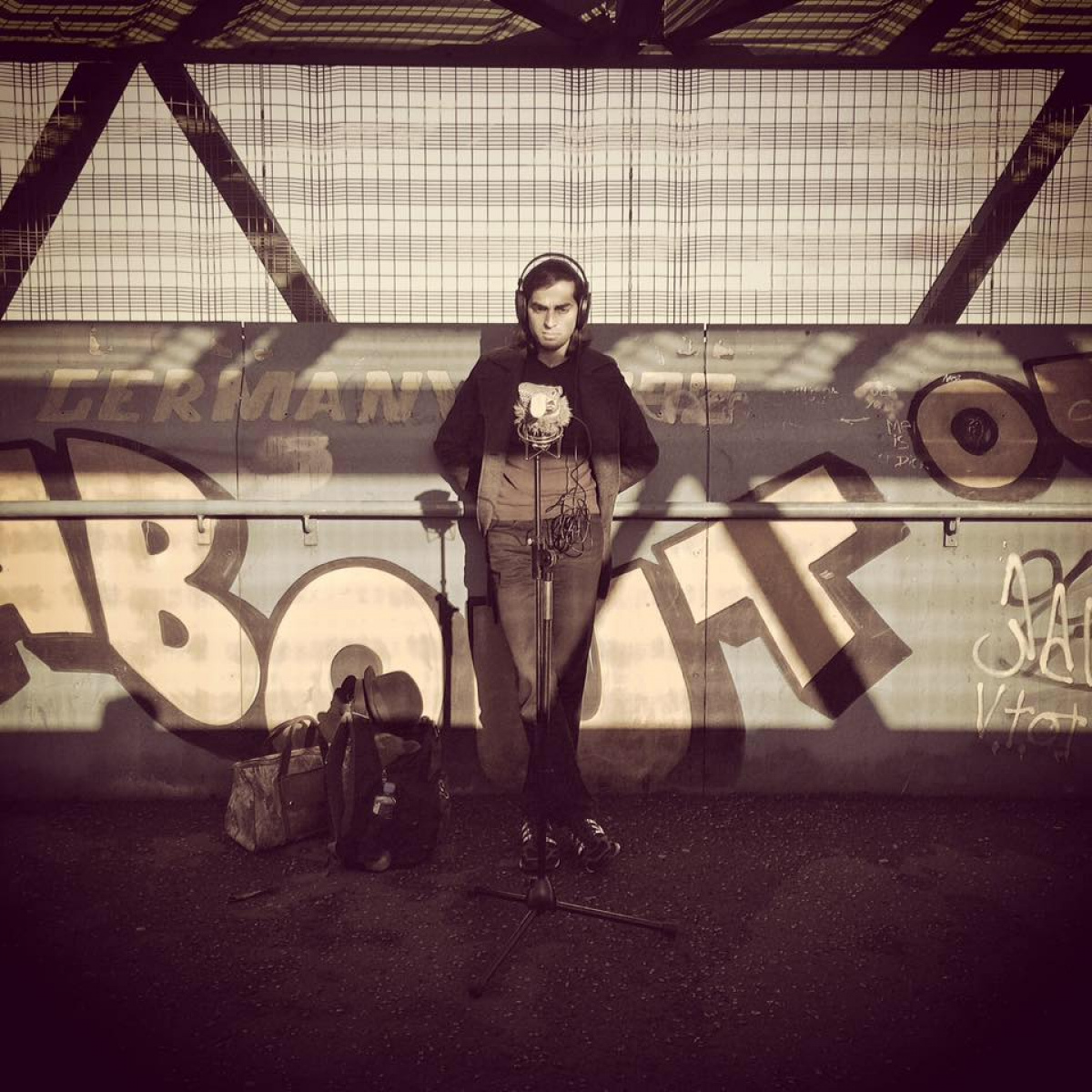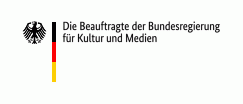
On the History of Iranian Popular Music in Germany
In comparison to Los Angeles, there was never an Iranian «community» of popular musicians in Germany. Nevertheless, Iranian popular musicians and scholars debating popular music left their traces. In this overview, musicologist and anthropologist Amin Hashemi discusses the most important of these, and asks why some were more successful than others.
Popular music in Iran, as it is known in the West, had one foot in the local and street music of the Centre and South of Tehran – as well as the surrounding Northern villages such as Tajrish – and the other foot in the consumption of Western popular music since the 1960s (Breyley and Fatemi 2016). The latter led to the formation of many TV talent shows, occasional and promotional performances, with their peak in the 1970s. After 1979, artists such as Leila Forouhar and Ebi, who immigrated to the U.S. between the 1980s and the 2000s, became the emerging stars of these shows (Breyley 2020). These artists gradually built an Iranian community of popular musicians in L.A., with their music known as losangelesi (Hemmasi 2011).
The Musicians: On the Move
The most significant popular music show on national TV was The Silver Clove, hosted by Fereydoun Farrokhzad (Siamdoust 2017). Prior to 1979, Fereydoun started his career in pop music and the entertainment industry in Munich, before moving back to Iran (Mina 2021). Farrokhzad did not have a cultural interest in the U.S. Upon leaving Iran after 1979, he stayed in Los Angeles for a while, but soon returned to Bonn in Germany, where he had studied in his youth; he could not merge into the Iranian popular music community in L.A., although he had been a royalist (Abadi 2021). On August 8, 1992, Farrokhzad was found cruelly assassinated in his flat in Bonn.
Most of the Iranian popular musicians of that generation moved to L.A.; the few exceptions in Europe were less active after the revolution. The best-known of them was Emad Raam, who was affiliated with the leftist antagonist political group opposing the Shah, People’s Mujahedin Organization of Iran. Emad lived near Cologne, in Düsseldorf, and died in 2003. Other examples of popular musicians in Europe are Aref Ebrahimpour, Seroj Gevorgharaghi, and Zavan Ohanian, who, before the revolution, played with stars such as Googoosh and Vigen in Iran. Jalal Hemmati – the celebrated koucheh-bazari (folk-street) singer – was also in Germany for years before moving to the U.S. There was never an Iranian «community» of popular musicians in Europe, in comparison to L.A. (Abadi 2021).
The Scholars: Debating Popular Music
Nonetheless, many Iranian popular musicians were in Germany mostly because they had studied there; they had access to exiled political communities that were banned in Iran after 1979 (mostly the leftists); and because of the Deutsche Welle Persian radio, first established in Cologne and then relocated to Bonn. Most of the Iranian musicians who resided in Germany belong to the category of art musicians (Mina 2021). So did many scholars. For instance, Mahmoud Khoshnam, who was in charge of the Roudaki Hall (center of Iranian ballet and opera) before 1979, as well as The Music Journal (Majalleh Mousighi), moved to Germany in 1980. So did his colleague Amirashraf Aryanpour – an Iranian musicologist who graduated from Vienna – and his wife Pari Samar, a celebrated soprano opera singer who performed in Iran, Germany, and Austria, among other countries.
Khoshnam defended Iranian popular music, despite the «intellectuals» who dismissed it either as lowbrow art or as a symbol of capitalism. So did Farrokhzad. Both Khoshnam and Farrokhzad addressed the antagonism in contemporary Iranian culture too: an attitude of over-criticism, pessimism, incoherence, lack of communal belonging, double standards, and trickery. In other words, they exemplified that at some points, elitism and despotism have gone hand in hand in Iranian culture, regardless of political attitudes, in the name of «sublime» culture – whatever that might have meant. Khoshnam was active until his last days in 2020.
How to Become Successful in Europe?
In general, Cologne and Bonn became the refuge for Iranian art musicians – whether they were classical Iranian artists or Western/contemporary classical artists. For instance, Majid Derakhshani and Yalda Ebtehaj, who were affiliated with Toudeh, the largest leftist antagonist party against the Shah, lived in Germany for decades and subsequently commuted between Tehran and Cologne. Sima Bina, a world-class folk singer and instrumentalist who could not perform solo in Iran after 1979, is in Cologne too. There are more of the younger generation in Bonn, such as Sepideh Raissadat, a classical Iranian musician (Mina 2021).
While the L.A. community has been extremely productive, it has its own problems, such as being less inclusive in order to maintain a well-defined market with a certain taste (Naficy 1988, 1989). This becomes problematic when this community is held up as exemplary of Iranian popular music (Auliffe 2010). Restraining Iranian identity from infusion with other cultures, ideas, and perspectives – similar to what has been happening in musical practices inside Iran after 1979 – is against its nature (Amanat and Farzin 2012). This dynamism in identity explains the professional success and the cultural blending of musicians with Iranian heritage in Europe, who are less known as «Iranians» to the Iranian audience or the audience for Iranian music. They have merged much better with their hosts and their environment and have been less restrained by assertive cultural codes.
List of References
This text is part of the Norient Special «Klangteppich: Voices from the Iranian Diaspora and Beyond», published in the run-up to «Klangteppich. Festival for music of the Iranian diaspora». The Special was curated and edited by Franziska Buhre. The concert videos of its world premieres are published online on June 2, 2021 here. Klangteppich is funded by Musikfonds Neustart Kultur by means of the Federal Government Commissioner for Culture and the Media, GEMA, the Federal Agency for Civic Education, and the Department of Culture Steglitz-Zehlendorf.
Biography
Shop

Published on May 20, 2021
Last updated on May 25, 2023
Topics
Does the global appropriation of kuduro exploit or reshape the identity of Angolans? How are «local» music genres like guayla sustained outside of Eritrea?
What happens, when artists move from one to another country? For example, when an Arab artist replaces the big tractors in her the village with big jeeps of the West.
Special
Snap



